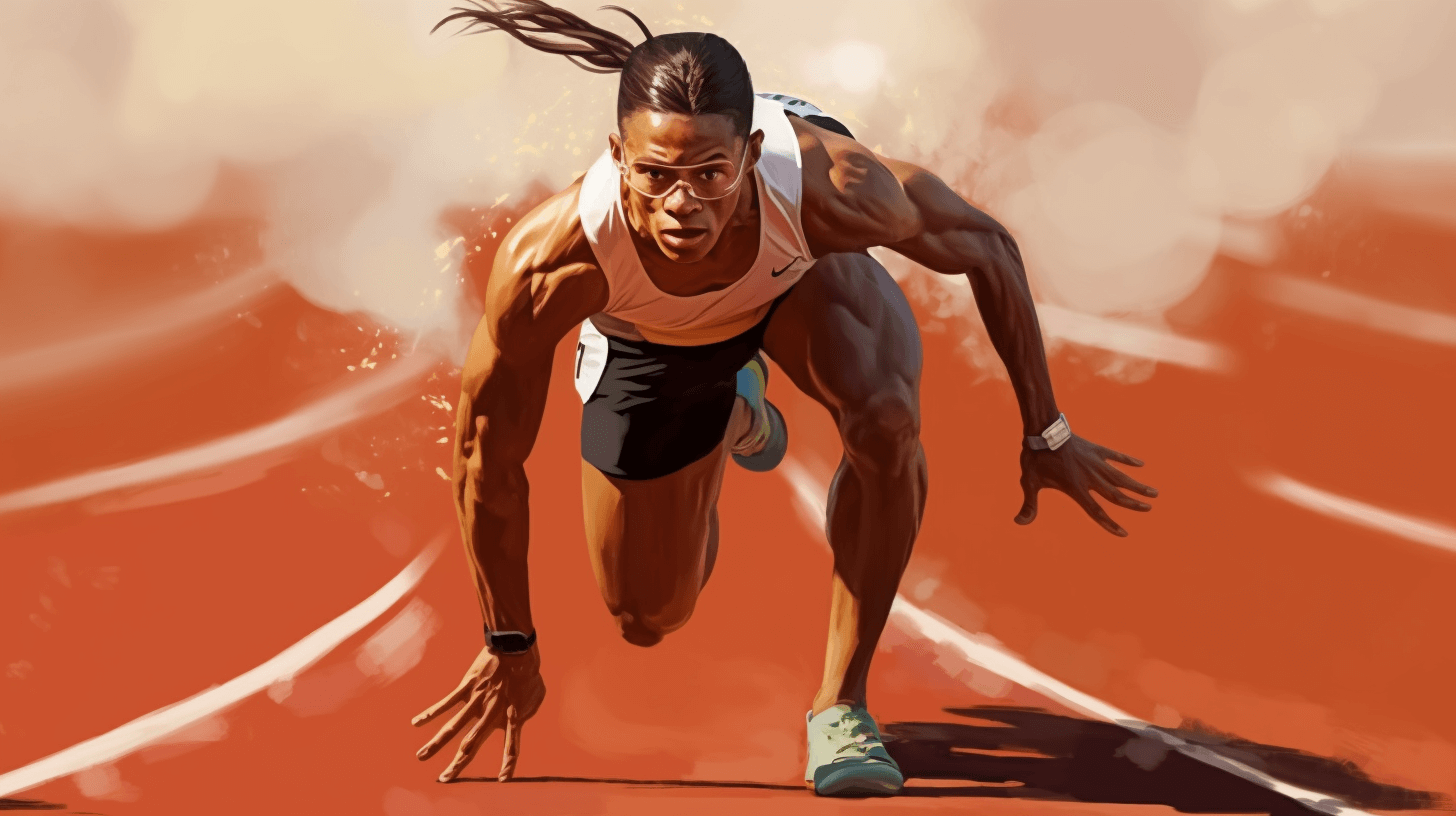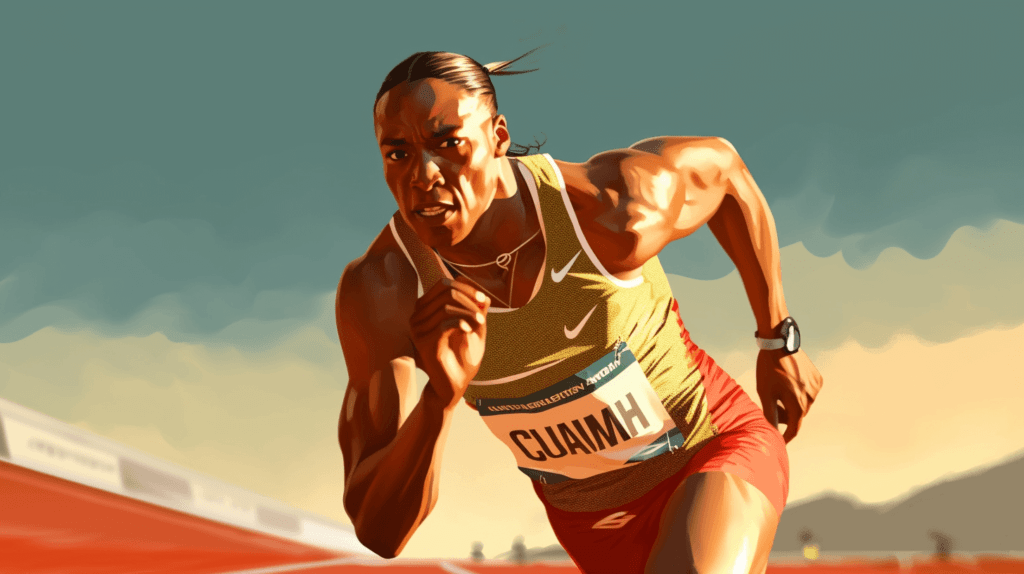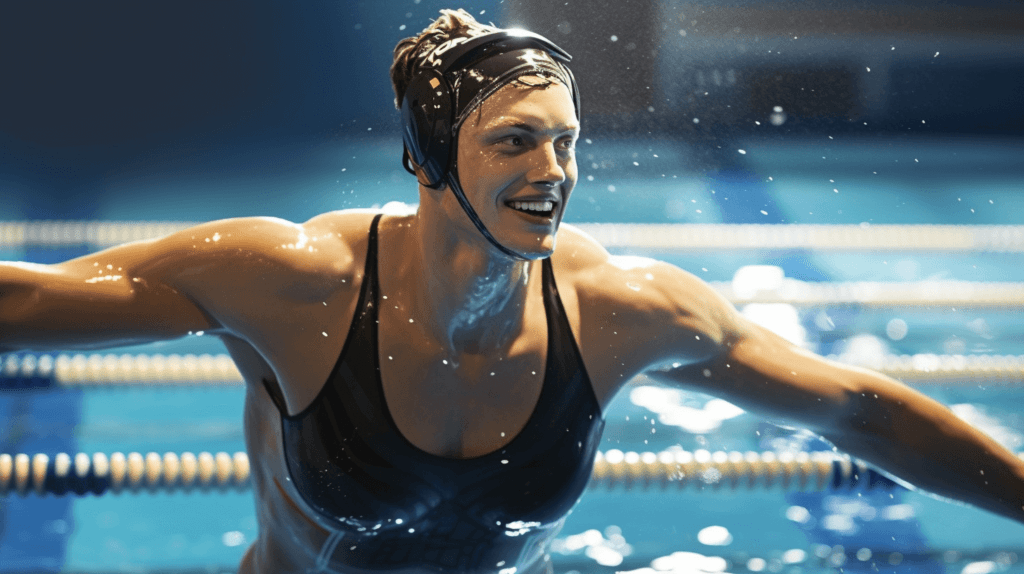Humanism
How Did Language Begin? The Great Mystery of Human Communication
25 December 2025

For several years, there have been more and more questions about how to treat the participation of transsexual athletes in competitions in the context of fair rivalry.
Sports competitions should be based on rules that assume a fair chance of victory for all competitors. Often there are a lot of these regulations and they are quite complicated, for instance the F1 technical regulations alone are over 130 pages long. Knowing that the physiological parameters of the competitors have an impact on the achieved results, there were, for example, weight categories introduced in boxing, wrestling or even rowing. There, the indication on the scales is clear. No one tries to convince anyone else of their weight, for example, just because they feel one way or another. With gender, however, it is not so easy. Joining the competition at the highest level by transsexual athletes poses new challenges to organizers.
Men and women are physiologically different and these differences affect their athletic performance. The physical abilities of boys and girls begin to diverge around the age of 11 or 12, with these changes associated with puberty. From this point on, as Espen Tonnessen’s research shows, boys begin to run faster and jump further and higher. This, of course, has to do with the amount of testosterone produced by their bodies.
These changes are so big (the differences amounted to up to 50 percent) that even Olympic champions may not have a chance to compete with young boys. When the results in athletics from the USA high school championships were compared with the results achieved by women at the Olympic Games in Rio de Janeiro in 2016, it turned out that in such events as the 100m, 200m, 400m, 400m hurdles or high jump, the winner of the Olympic gold medal would not place in the top eight of the boys’ competitions. Suffice it to say that out of 39 sets of medals in the compared track and field events held during the 2016 High School Boys NBNO, female athletes competing in the same events in Rio de Janeiro would win five medals, three of them at a distance of 5000m. In swimming, this can be seen even more clearly. Of the 48 medals awarded at the USA Junior Championships, the 2016 Olympians would win one – a bronze medal in the 800m freestyle. Of course, we are talking about elite athletes among both women and boys, but the difference is clear.

It was at the 2016 Olympics where a situation took place which explicitly showed that testosterone levels have an impact on women’s rivalry. The first three runners in the 800m race, that is, Caster Semenya, Francine Niyonsaba, and Margaret Wambui, had naturally elevated testosterone levels which gave them an advantage at this distance. In an interview given after this race, Joanna Jóźwik, who took fifth place in it, said: “These athletes are much stronger, more durable and insurmountable. The norm of testosterone for women should be restored. Then it will be fair.” She then went on to add: “I am very pleased with my result. I feel like a silver medallist.”
Two years later, the International Association of Athletics Federations (IAAF) restored the acceptable testosterone level in women.
In the case of these three medallists of the 800m run, the increased level of testosterone was a matter of nature, but what to do in the case of transsexual people, in whom changes in hormone level take place through therapy?
The most heated debate, of course, concerns transsexual people competing in women’s events. Trans women have an advantage in sports rivalry, regardless of whether they undergo hormone therapy or not. A 2020 study of US Army members found that after one year of administering female hormones, transsexual women still had better athletic performance than non-transsexual women. After two years, the difference was smaller, but transsexual women still ran 12 percent faster.
According to Joanna Harper of Loughborough University and an advisor to the International Olympic Committee (IOC) in inclusivity issues, transsexual women – even after hormone therapy – have a strength advantage. In the conclusions of her research, she points out that the participation of trans people in sports rivalry is very complex and requires further research. And in her case, it is difficult to talk about the bias of opinion, because she is a trans woman herself.

The approach to sports competition of transsexual people is very different and depends on the discipline, organization or place in which the event takes place.
The IOC seems to be caught between a rock and a hard place, as on the one hand it is subject to political correctness and pressure from LGBT circles, while on the other hand it does not take a clear stance, only giving direction despite protests by athletes. In its 2021 communication on the inclusiveness of trans people in sports, it announced that “there is a lack of consensus among scientists as to how testosterone affects athletic performance” and it is moving away from the level of testosterone as a determinant of what competition a given person can compete in (from 2015, it was 5–10 nmol/l for women, which is still many times higher than the average natural level of this hormone in women). The statement said that the entire gender situation has so far been “politicized and divisive.” It also gave ten general conditions that should guide sports federations when setting the rules regulating the participation of trans people in women’s competitions. These conditions are:
Earlier that year, the IOC allowed a trans woman, New Zealander Laurel Hubbard, to participate in the Games, in this case weightlifting, for the first time. Supporters of the unconditional participation of trans women in the competition argue that Hubbard’s performance, in which she failed in all of her attempts, confirms the thesis that such people do not have an advantage over cis women. They forget or ignore the fact that a 43-year-old New Zealander, who had undergone a sex change treatment 8 years earlier, would have taken second place at the Games with her results from 2019. Perhaps, if she had planned her tactics better, she would have won a medal. Is that fair?
The International Swimming Federation (FINA) decided last year that people who have completed the gender change process before the age of 12 will be able to take part in the competition. Seventy-one percent of national federations voted in favor of such a solution after becoming acquainted with the report of the transgender task group.
Since March 31, World Athletics (the successor to the World Athletics Federation, IAAF) has adopted rules that exclude some trans people from competing. The ban applies to “transgender male athletes who have changed their sex to female after passing through the male puberty period.”
Sooner or later, virtually every federation will have to take a stand on the participation of trans athletes in their events and determine the conditions under which trans athletes will be able to participate in championship events.
But the problem is deeper. It is not about World Cup or Olympic medals, although to get them, one often has to sacrifice everything for many years of preparation. It also appears in smaller-rank events or youth sports.
An example from Italy, where Valentina vel Fabrizio Petrillo, who does not even have documents stating that she is a woman, let alone medical procedures, in 2019 stated that she is a woman and began competing with the ladies in the masters competitions. With the approval of the Italian athletics authorities. Since then, he has been competing and winning.

In the USA, the regulations are often decided by the state authorities, sometimes even individual universities or schools. In many states, trans girls are allowed to enter the competition without restrictions, usually only based on declarations. This is logical, as most doctors believe that no gender-changing medical procedures should be carried out before the puberty period. It has already happened that the state championships were won by transsexual girls who entered a competition only based on gender declaration. Some of the cis girls rebelled against it: not only do they not want to share changing rooms or showers with trans colleagues, but they also give up playing sports completely as they do not see a chance to win, to be the best. They feel cheated. That is why many states are implementing policies that are contrary to the full inclusiveness of trans athletes. The governors of, among others, Texas, Alabama, Florida, Mississippi and Montana have signed the so-called Save Women’s Sports Act, which does not allow transgender athletes to participate in competitions inconsistently with what’s down in their birth certificates.
The problem, as it can be seen, is not easy to solve, because it takes place in several areas. The first is the pressure of political correctness, where research is less important, and if anything, that those that fit the assumed thesis. The second is the issue of fair competition, which should be based on research that will show whether in a given discipline trans women have an advantage over cis rivals.
The third area is the difficulty in developing possible procedures that could make it possible to verify the gender regulations of a given federation in every competition. Scales can be found anywhere, but laboratories testing hormone levels, for example, is another issue. Because it is rather obvious that sports rivalry should not take place only based on gender declarations.
Baron de Coubertin, the creator of the modern Olympic movement, stressed that “the most important thing in the Olympic Games is not winning but taking part.” However, it seems that in today’s sport, this principle is very rarely used. The main thing that counts is victory and many athletes will do everything to stand on the top of the podium. The task of the sports authorities is to provide all athletes with simply equal opportunities, at least where possible.
Read also:

Truth & Goodness
24 December 2025


Zmień tryb na ciemny